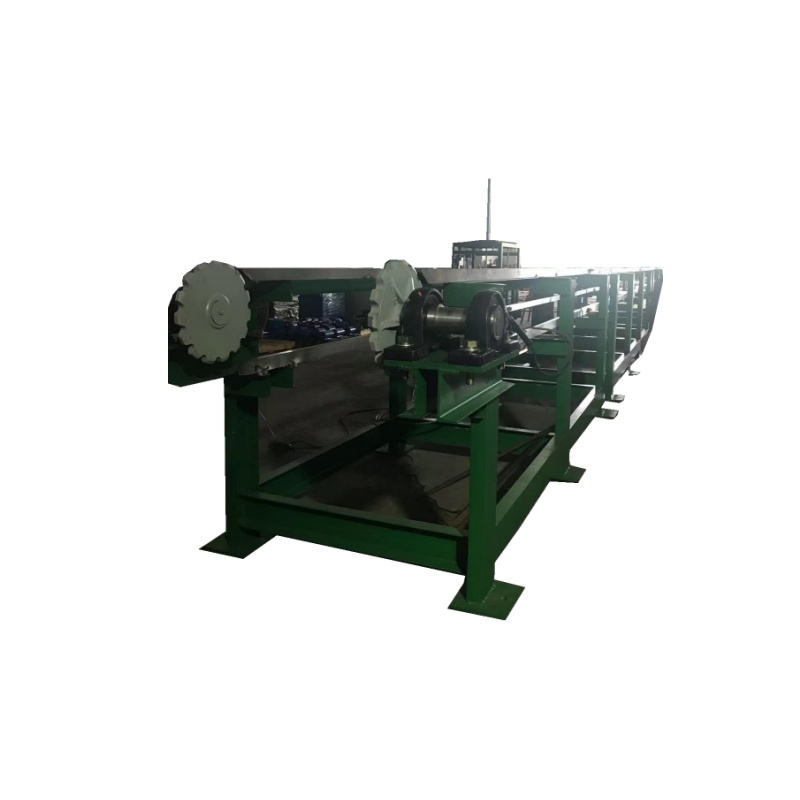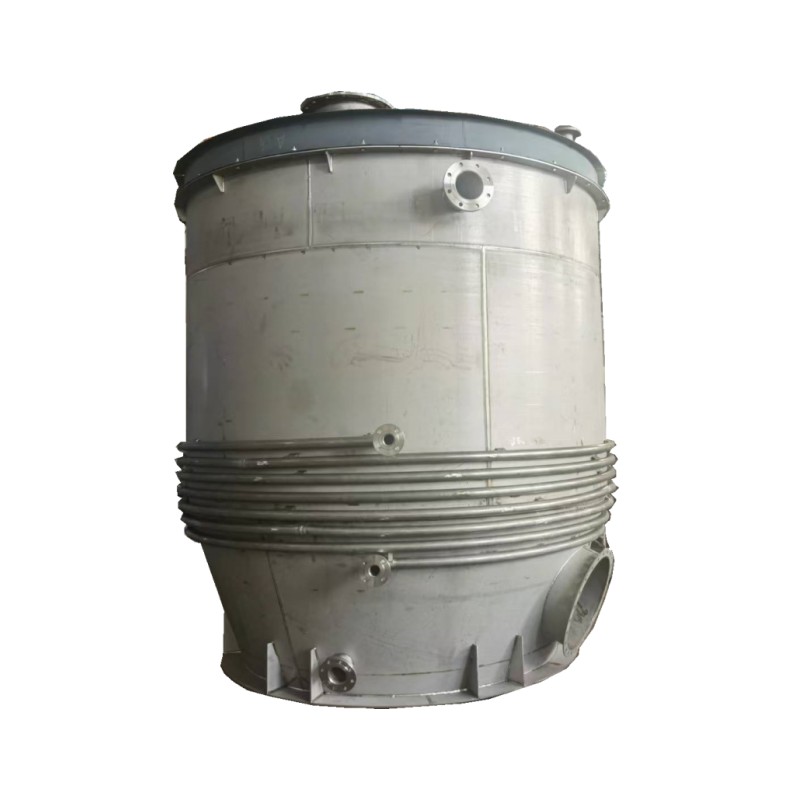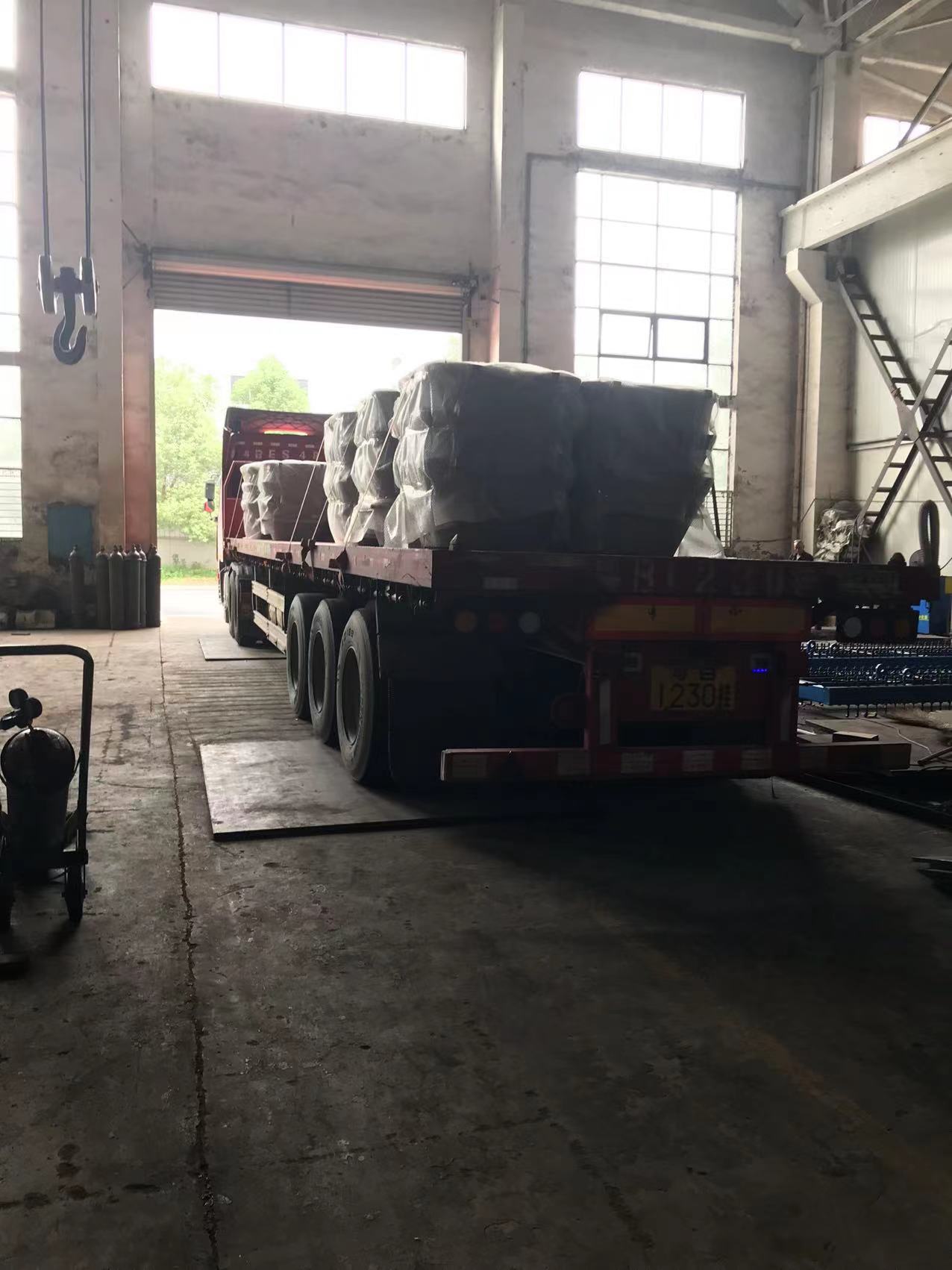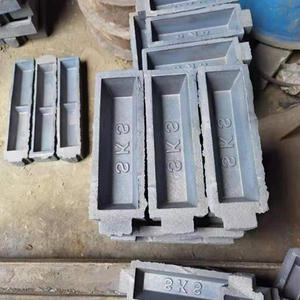
 English
English
 English
English
 Español
Español
 Português
Português
 русский
русский
 français
français
 日本語
日本語
 Deutsch
Deutsch
 Tiếng Việt
Tiếng Việt
 Italiano
Italiano
 Nederlands
Nederlands
 ไทย
ไทย
 Polski
Polski
 한국어
한국어
 Svenska
Svenska
 Malay
Malay
 বাংলা
বাংলা
 हिन्दी
हिन्दी
 Pilipino
Pilipino
 Türk
Türk
 عربى
عربى
 Indonesia
Indonesia
 norsk
norsk
 čeština
čeština
 Українська
Українська
 Javanese
Javanese
 فارسی
فارسی
 తెలుగు
తెలుగు
 Burmese
Burmese
 български
български
 Latine
Latine
 Azərbaycan
Azərbaycan
 Српски
Српски
 Esperanto
Esperanto
 Afrikaans
Afrikaans
 Català
Català
 Cymraeg
Cymraeg
 Беларус
Беларус
 Hrvatski
Hrvatski
 Kreyòl ayisyen
Kreyòl ayisyen
 Shqiptar
Shqiptar
 Bosanski
Bosanski
 Кыргыз тили
Кыргыз тили
 ಕನ್ನಡ
ಕನ್ನಡ
 IsiXhosa
IsiXhosa
 Chichewa
Chichewa
 Somali
Somali
 O'zbek
O'zbek
 հայերեն
հայերեն
 Sundanese
Sundanese
 Malagasy
Malagasy

Xiangtan Lufeng Machinery Co., Ltd
rotary furance ,ingot casting machine , electrolysis machine system
-

customized capacity from 5T TOo 30T per hour of lead or aluminum or copper ingot casting machine
-

Baghouse pulse jet dust collector bag filter dust remove system for rotary furnace of scrap lead battery recycle
-

we custom size lead pot cover for lead refining furnace from lufeng factory directly
-

lead anode or copper anode scrap plate scrubber machine for lead electrolysis machine system metal & metallurgy machinery
-

from 1T To 30T input capacity metal & metallurgy machinery rotary furnace for scrap lead battery recycle machine
-

from 2T to 120T Q245R materials stainless steel electric lead melting pot for lead refining furnace
-

we can custom this big Desulfurization tank for scrap lead battery recycle of Pre desulfurization process
-

Surplus Hydraulic Scrap Shears 5800 Scrap Lead Battery Production Lead Anode Plate Automatic Line Provided Energy Saving Japan
News
-

30UNIT delivery 2T crude lead ingot molds to clients today
delivery 2T crude lead ingot molds to clients today , it is 2T of capacity of cast, this molds weight is 1T per unit .
-

Are blast furnaces and blast furnaces the same? or not? why?
Ironmaking blast furnaces are commonly known as blast furnaces; The blast furnace generally refers to a vertical furnace for smelting non-ferrous metals.
-

Zinc content in zinc ingots
Zinc ingots can be classified into different types based on their zinc content; (1) Zinc No. 0. ① The zinc content in zinc ingots shall not be less than 99.995%; ② The main impurity elements are the same as No.1 zinc; ③ Used for manufacturing advanced alloys and special applications. (2) Zinc No.1. ① The zinc content in zinc ingots shall not be less than 99.99%; ② The main impurity elements are the same as the second zinc; ③ Mainly used for advanced zinc oxide, pharmaceutical and chemical reagents, electrogalvanizing, and die-casting parts. (3) Second zinc. ① The zinc content in zinc ingots shall not be less than 99.95%; ② The main impurity elements are the same as the third zinc; ③ Mainly used for making zinc alloys, battery zinc sheets, and die-casting parts. (4) Zinc No. 3. ① The zinc content in zinc ingots shall not be less than 99.90%; ② The main impurities are: lead, cadmium, copper, iron, and tin; ③ Mainly used for zinc plates, hot dip galvanizing, and copper alloys. (5) Zinc No. 4. ① The zinc content in zinc ingots shall not be less than 99.5%; ② The main impurities are: lead, iron, cadmium, copper, arsenic, antimony, tin, and aluminum; ③ Mainly used for making zinc plates, zinc powder, hot-dip galvanizing, ordinary castings, and zinc oxide. (6) Zinc No. 5. ① The zinc content in zinc ingots shall not be less than 98.7%; ② The main impurities are: lead, iron, cadmium, copper, arsenic, antimony, tin, and aluminum; ③ Mainly used for producing zinc containing copper lead alloys, ordinary zinc oxide, and ordinary castings. The zinc content in zinc ingots determines the type of zinc ingot, and investors should be cautious when choosing zinc ingots
-

Bag dust collector process
Bag dust collector The working principle of a pulse bag dust collector is to enter the dust containing gas into the ash hopper through the air inlet or into the filter bag room through an open flange. The dust containing gas passes through the filter bag as clean gas and enters the clean gas room. It then passes through the exhaust port of the clean gas room and is discharged by the fan. Dust accumulates on the outer surface of the filter bag and continues to increase, causing the resistance of the pulse bag dust collector to continuously increase. In order to ensure that the equipment resistance does not exceed 1200pa and the pulse bag dust collector can continue to work, it is necessary to regularly remove the dust on the filter bag. Ash cleaning is a process in which a pulse valve is activated in a timed sequence controlled by a program, causing compressed air inside the air bag to be sprayed out through the orifice of the blowing tube and induced by a venturi tube to enter the filter bag, causing it to rapidly expand in an instant. With the reverse effect of the airflow, the dust is shaken off to achieve the purpose of ash cleaning.
-

Advantages of Tilting Rotary Furnace
The energy consumption of smelting waste aluminum using a conventional reverberatory furnace is about 1000kw/t, equivalent to 100Nm ³/ Natural gas or 100L/t oil. Using a tilting rotary furnace can save 25%. The decrease in energy consumption is mainly due to the significant improvement of heat transfer in the rotary furnace and the dual channel arrangement of the burners, resulting in a large amount of waste heat recovery in the flue gas. The tilting rotary furnace adopts proportional integral differential control mode (IP) D to control the amount of fuel and combustion air. At the same time, this control is continuous and can automatically adjust the temperature according to the charging amount, making the smelting process in an optimized state. When smelting in a reverberatory furnace, the temperature of the furnace top or upper furnace wall is adjusted to 1100 ℃, while the setting temperature of a tilting rotary furnace is 750 ℃. 25% energy savings come from the improvement of temperature difference and thermal efficiency. The productivity of the tilting rotary furnace is improved by the use of fully automated charging machines, automated slag tanks (boxes), and automated slag removal, which means only simple operations are carried out during the smelting process; The number of operators can be reduced by at least two. One person can operate two furnaces with high thermal efficiency and fully automated control of the smelting process to achieve optimal melting speed. The melting cycle of the tilting rotary furnace can be reduced to less than 4 hours, which means that depending on the furnace capacity, each furnace can melt 6 to 8 furnaces per day, which is equivalent to a 15t furnace melting 90 tons of recycled aluminum every 24 hours, and a 5t furnace can melt about 40 tons. Compared to a reverberatory furnace, a tilting rotary furnace has a much wider range of waste capacity, and can effectively melt from low-level slag, chips, and cans to process waste. Therefore, recycled aluminum enterprises can use low-level waste to smelt higher grade or even recycled aluminum, achieving good economic benefits. Low quality waste materials such as chips and slag cannot be melted using a reverberatory furnace. From the above introduction, it can be seen that the main advantages of tilting rotary furnaces are reduced burning loss and increased productivity, which is due to the comprehensive automation control of melting temperature, time, and combustion parameters.
-

What are the cathode and anode materials for electrolytic lead, and what are the specific reactions?
The anode is made of coarse or semi refined lead, the cathode is made of pure lead, and the electrolyte is composed of silicofluoric acid and lead silicofluoric acid. Anode: Lead is oxidized into lead ions and enters the solution: Pb-2e=Pb2+; Cathode: Lead ions in the solution are reduced to metal lead and precipitated: Pb2++2e=Pb. During the electrolysis process, impurities such as iron, zinc, tin, nickel, diamond, and other metals with a lower standard electrode potential than lead dissolve into the solution together; Metals with standard electrode potentials corrected for lead, such as antimony, arsenic, pound, copper, tin, gold, and silver, do not dissolve and form anode slime, which adheres to the anode surface. Electrolysis is the process of causing oxidation-reduction reactions on the cathode and anode by passing current through an electrolyte solution or molten electrolyte (also known as electrolyte). Electrochemical cells can undergo electrolysis under an applied DC voltage. The process of chemical changes caused by the passage of an electric current through a substance.
-

What is ingot mold
An ingot mold is a container or mold used in the casting process to shape and solidify molten metal into ingots. It is typically made of durable materials such as cast iron, steel, or graphite, and is designed to withstand the high temperatures and pressures involved in the casting process.
-

Working Principle of Eddy Current Sorter
Eddy current sorting is a sorting technique that utilizes different conductivity of materials. Its sorting principle is based on two important physical phenomena: an alternating magnetic field that changes over time is always accompanied by an alternating electric field (electromagnetic induction law); A current carrying conductor generates a magnetic field (Biot Savart's law).
-

Smelting and classification of lead
01. Lead smelting The main raw materials for lead smelting are lead sulfide concentrate and a small amount of block ore. There are two methods for smelting lead: pyrometallurgy and wet metallurgy. Currently, pyrometallurgy is the main method in the world, and wet metallurgy of lead is still in the experimental research stage. The pyrometallurgical lead smelting process basically adopts the sintering roasting blast furnace smelting process, accounting for 85-90% of the total lead production; Next is the reaction melting method, which can be equipped with chamber furnaces, short kilns, electric furnaces, or vortex furnaces; Precipitation melting is rarely used. The refining of lead mainly adopts fire refining, followed by electrolytic refining, but due to customary reasons, electrolytic refining is not widely used in China. For difficult to separate sulfide lead zinc mixed concentrates, the closed blast furnace smelting method that simultaneously produces lead and zinc is generally used for processing. For the extremely difficult to separate mixed ore of lead and zinc oxide, a unique treatment method has been developed in China through long-term research, which involves using the raw ore or its enriched products of the mixed ore of lead and zinc oxide, sintering or pelletizing them, and melting them in a blast furnace to obtain coarse lead and molten slag containing lead and zinc. The slag is further fumigated in a fuming furnace to obtain zinc oxide products, and electrolytic zinc is obtained through wet zinc smelting. In addition, zinc oxide products can also be directly fumigated using a rotary kiln.
-

The Use of Lead and Zinc
Lead and zinc are widely used in fields such as electrical industry, mechanical industry, military industry, metallurgical industry, chemical industry, light industry, and pharmaceutical industry. In addition, lead metal has many uses in sectors such as the nuclear industry and petroleum industry. More than 80% of the world's lead is used to produce lead-acid batteries.